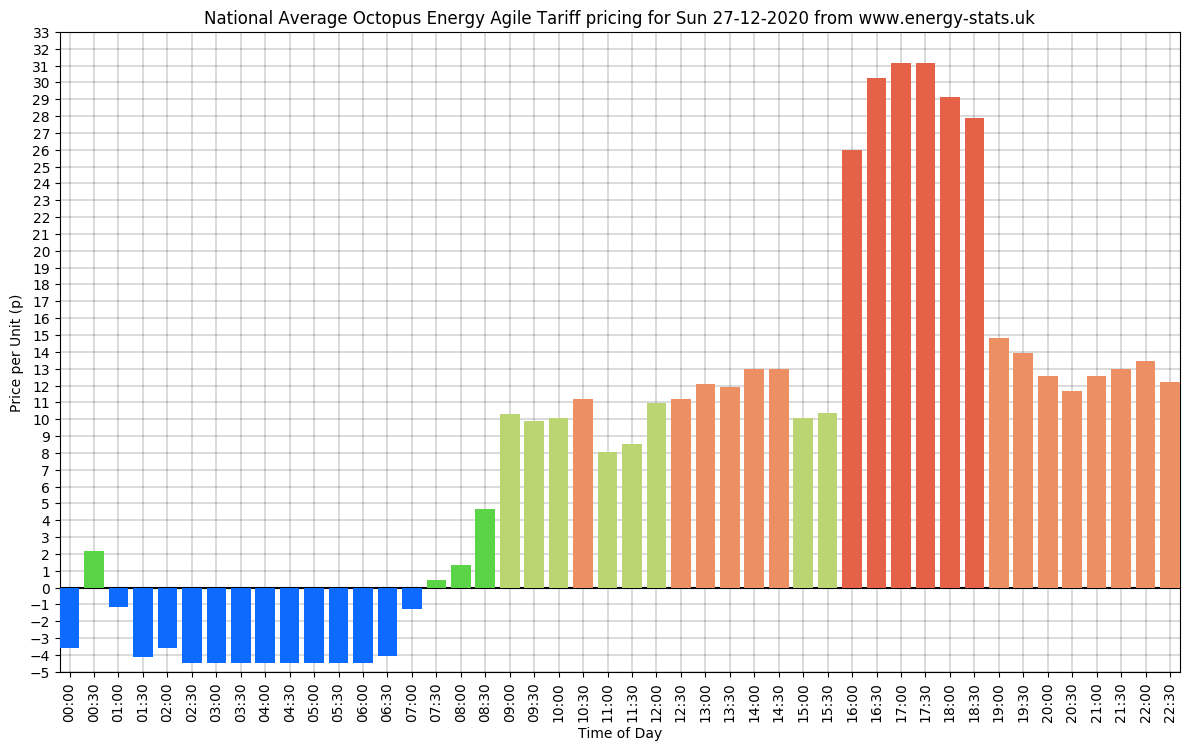So apparently Tesla have opened all Energy product APIs (presumably including Powerwalls) to developers.
Could this finally mean the long-desired integration between IO and Powerwalls??
Should we start emailing Octopus to ask them?
This !
I have 2x PWs, 4.6kW of PV and ASHP heating - all on Octopus Agile Import and Export.
Being able to automatically optimise import to the cheapest 30min slots and then to export when value is greater than the cost of the import (plus a few pence to complensate for charging losses) would be fantastic.
Maybe even an opportunity for an independent app developer to get involved....




